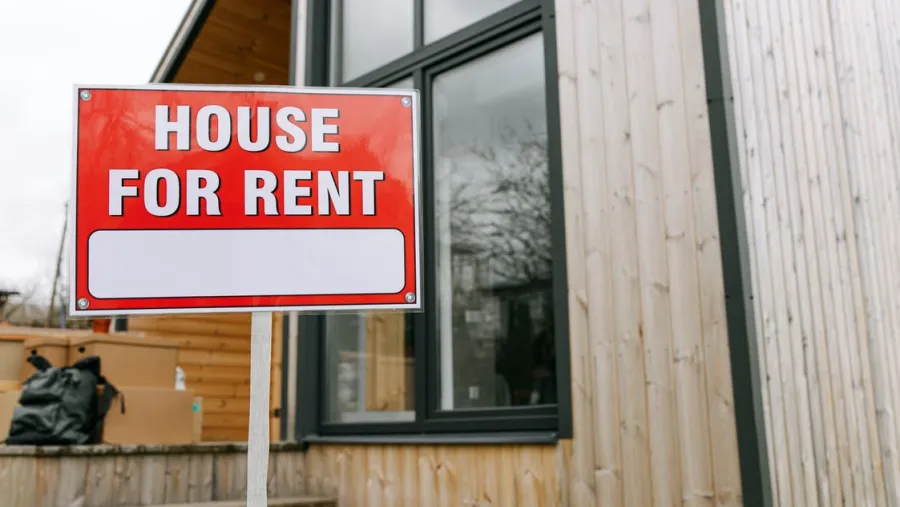
Singapore private residential rents finally stabilised in 2024
Find out where the market is headed next.
Savills Research revealed that private residential rental levels had stabilised in 2024, after seeing sharp growth over the previous three years from 2021 to 2023. This marked a return to market norms for the private residential leasing segment.
“A combination of a likely shrinkage in net new demand from foreign employees with seasonal factors at year-end saw a fall in leasing volume of private residential properties (excluding executive condominiums) in Singapore by 24.2% quarter-on-quarter (QoQ) to 19,733 transactions in Q4/2024,” the analyst said.
Here’s more from Savills:
The decline in leasing volume was mainly due to a 30.8% QoQ drop in rental contracts for landed houses island-wide. Similarly, leasing volume for overall non-landed apartments and condominiums saw a 23.7% QoQ decrease, with declines observed across all three market segments [Core Central Region (CCR), Rest of Central Region (RCR) & Outside Central Region (OCR)] ranging from -25.0% to -23.0%. However, on a year-on-year (YoY) basis, overall leasing numbers rose 3.7%.
Despite the decrease in leasing volume, the average monthly rent of high-end condominiums in Savills’ basket increased by 1.7% QoQ in Q4/2024. The quarterly growth suggested a slight rebound after a consistent decline over the past five quarters, starting from Q3/2023.
While companies continued to cut costs by reducing headcount, leading to fewer foreign personnel hired, landlords faced higher property taxes for non-owner-occupied residential properties and increased conservancy charges due to inflationary pressure. These factors, along with the limited availability of large luxury apartments for leasing, have helped landlords resist underpriced rental offers.
Meanwhile, stock of completed private residential properties (excluding executive condominiums) continued to rise in Q4/2024, increasing slightly by 0.7% QoQ. A few medium to large developments across all three market segments also received their Temporary Occupation Permits (TOPs) during the quarter. These were KI Residences At Brookvale, Penrose, Irwell Hill Residences and The Watergardens At Canberra.
But vacancies decreased in the fourth quarter, after a sudden surge in Q3/2024. The vacant stock dropped by 7.9% QoQ, while the vacancy rate edged down by 0.6 of a percentage point QoQ to 6.6%. This led to the market experiencing a modest recovery in the final quarter with a faster absorption of vacant units across the high-end, mid-tier, and mass market segments. On a quarterly basis, the vacancy rate in the CCR, RCR and OCR improved by 1.2%, 0.8% and 0.2% respectively.
George Tan, Managing Director, Livethere Residential, Savills Singapore said, “While leasing activity may have decreased last quarter, we are still seeing some growth in rental demand. Rents in the private residential market have stabilised, expatriates and professionals who are proactive and flexible in their housing choices and negotiations will be better positioned to navigate their way into a deal that best fits their budget and lifestyle. With rental prices being more affordable in suburban areas, expatriates may prioritise lifestyle options such as more spacious units, connectivity to MRT stations, malls, recreational zones.”
Alan Cheong, Executive Director, Research & Consultancy, Savills Singapore commented, “Although rents for non-landed private residential properties turned the corner in the third quarter and continued rising in Q4, we anticipate challenges in the rental market in 2025. The adoption of AI in the white-collar work domain is expected to be felt more strongly from now on and we should be expecting a roll back on the number of professionals in a white-collar workplace. This would ultimately flow through to the number of expatriates or talent needed to be based in situ as more and more decisions become cloud based. Demand for rental housing from tech and white-collar workers could be negatively affected in the meantime.
The saving grace for the rental market is that for 2025, there are fewer new completions of private homes expected. Coupled with higher property taxes payable, this adds psychological resistance to landlords giving in to low ball rents. With interest rates likely to take longer to fall, mortgage payments are likely to remain sticky at current levels. Combining all these factors, we believe that private residential rents may remain flat in 2025.”




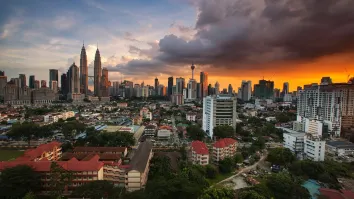


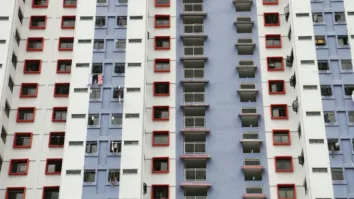






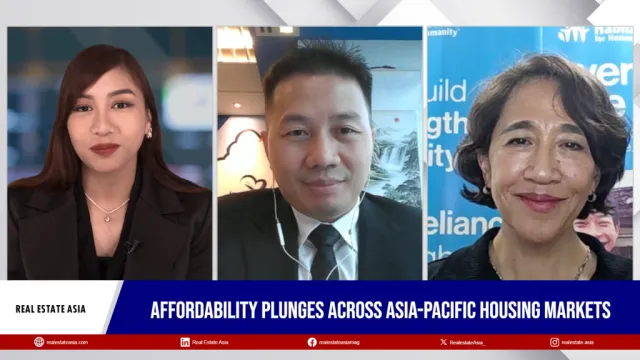

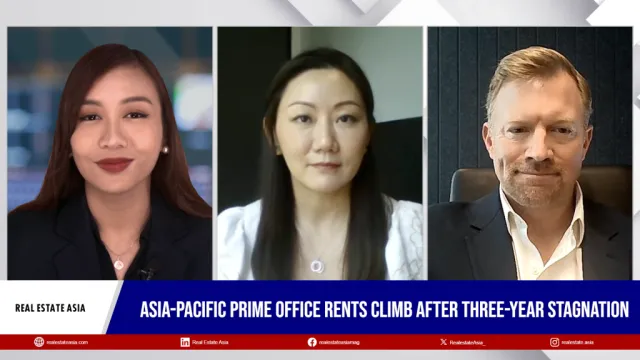
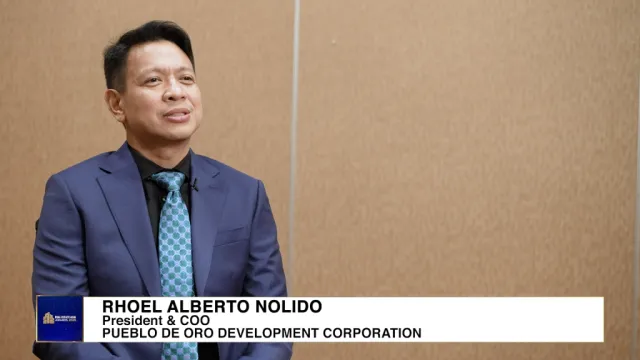
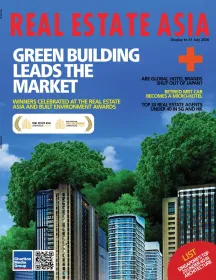
 Advertise
Advertise




